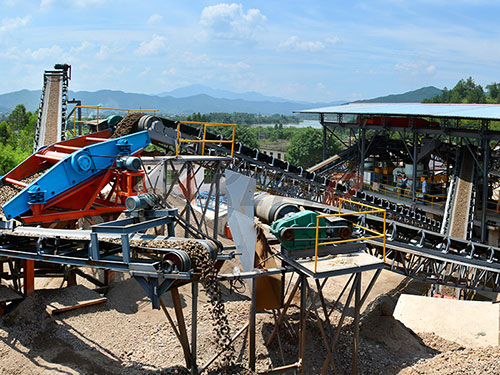The Precision Powerhouse: Unveiling the Crush Rolling Mill

In the demanding world of metal manufacturing, achieving exceptional surface quality alongside precise dimensional control is paramount for many high-value applications. Enter the Crush Rolling Mill – a specialized cold rolling process designed not primarily for drastic thickness reduction, but for imparting superior surface characteristics and enhancing mechanical properties on metal strip. This often-overlooked technology plays a critical role in producing materials that meet stringent aesthetic and functional requirements.

Beyond Simple Reduction: The Core Function
Unlike conventional tandem mills focused on significant gauge reduction per pass, crush rolling operates at its core as a surface finishing and conditioning process. Its primary objectives are:
1. Surface Perfection: Achieving mirror-like finishes (often specified by Ra values in the sub-micron range) or highly controlled textured surfaces.
2. Work Hardening Control: Imparting specific levels of hardness and strength through controlled plastic deformation near the surface.
3. Dimensional Refinement: Ensuring exceptional flatness (shape control) and precise thickness tolerances along the entire strip length.
4. Surface Defect Mitigation: Minimizing or eliminating minor imperfections inherited from prior processing stages (like hot rolling or annealing).
How It Works: Polishing Under Pressure
The essence of crush rolling lies in passing pre-finished metal strip (typically already near its final gauge from prior cold rolling) through one or more stands containing highly polished work rolls under significant pressure.
Polished Rolls: These rolls have an extremely fine surface finish themselves – often ground to a mirror polish – which is transferred onto the strip.
Controlled Pressure: Hydraulic systems apply precisely calibrated forces between the rolls.
Minimal Reduction: While some minimal thickness reduction occurs (usually fractions of a percent), it’s incidental to the primary goal of surface modification.
Lubrication: Specialized lubricants are crucial to prevent roll pickup (transfer of material from strip to roll), ensure consistent finish transfer, manage friction heat, and protect both roll and strip surfaces.
Applications: Where Surface Reigns Supreme
Crush rolling finds indispensable use in industries where surface appearance, feel, cleanliness, or specific mechanical properties are critical:
1. Stainless Steel Finishing: Producing bright annealed (BA), mirror-polished finishes for appliances (refrigerators, dishwashers), architectural cladding (elevators), kitchenware, automotive trim, and medical equipment where hygiene and aesthetics are vital

Leave a Reply